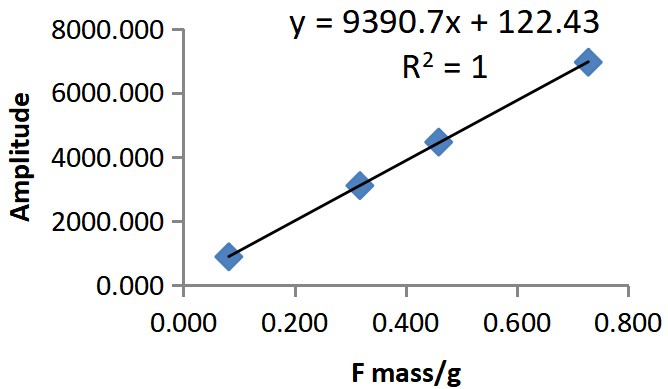In recent years, the application of low-field nuclear magnetic resonance (NMR) technology has expanded significantly, including its use in fluorine signal testing. This advanced technique enables precise measurement of fluorine content in various materials, such as toothpaste and fluororubber.

The principle of low-field NMR relies on the interaction between magnetic fields and atomic nuclei. When a sample is placed in a magnetic field, the nuclei within the sample align with the field. By applying radiofrequency pulses, scientists can excite these nuclei and measure their response. This response is then analyzed to provide information about the chemical structure and properties of the sample.

When it comes to fluorine content testing, low-field NMR technology is particularly effective. Fluorine atoms, with their unique nuclear spin, respond differently to the magnetic field and radiofrequency pulses. By carefully analyzing these responses, researchers can accurately determine the fluorine content in a given sample.
In the case of toothpaste and fluororubber, knowing the exact fluorine content is crucial. For toothpaste, the amount of fluoride helps prevent tooth decay. While in fluororubber, the fluorine content determines the material’s unique properties, such as chemical stability and heat resistance.
With low-field NMR technology, these measurements can be performed quickly and accurately, ensuring that products meet the required standards and perform as intended.

 NIUMAG
NIUMAG